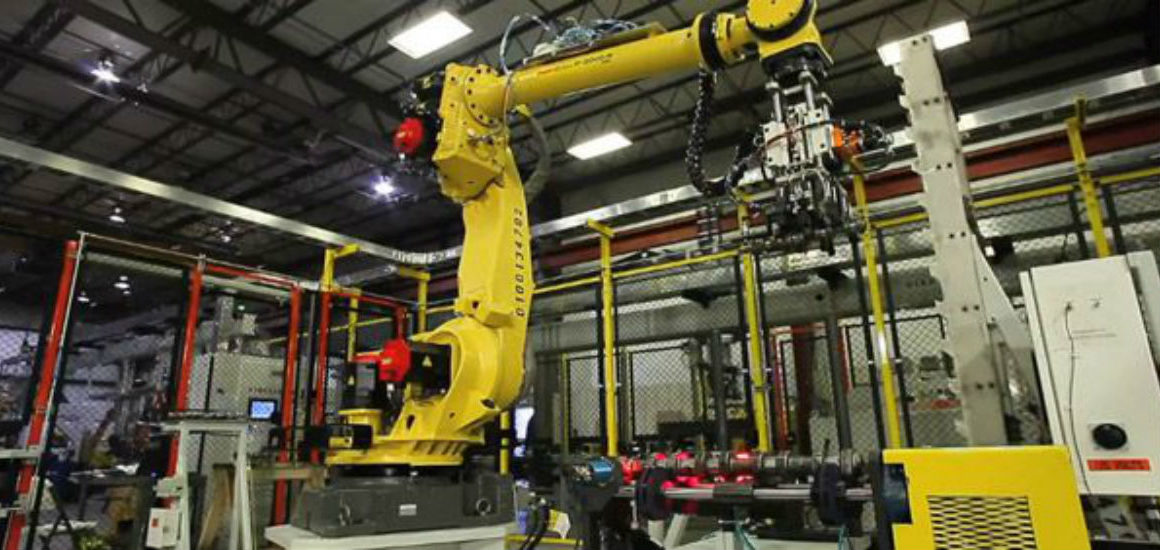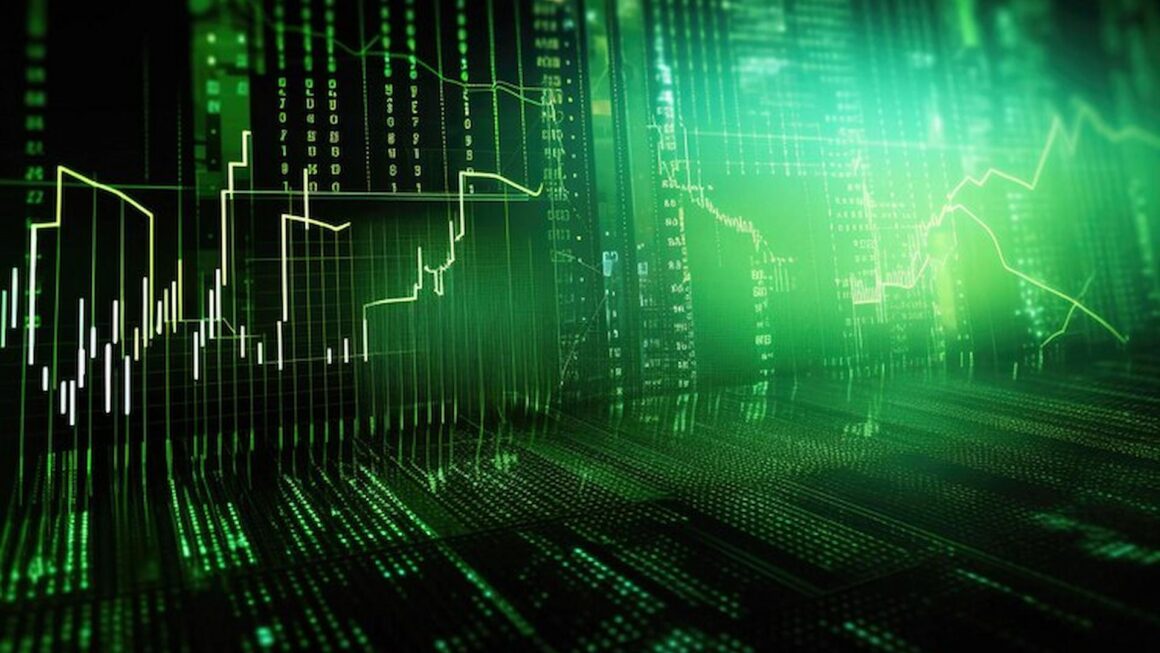Industrial pollution is a hot topic across the globe. Global warming, accidents, health hazards are on the rise. We all are familiar with the noisy The time is now ripe for moving automated approach for handling industrial wastes. These waste may lead to health issues, infections, and carcinogenic.
Advancements in technology have pervaded every industry and business domain. One of the significant contributions in recent times is towards industrial waste collection system (AWACS).
Industrial Waste Handling – It’s A Serious Challenge
Industrial waste is discarded byproducts generated during the production and manufacturing process in diverse industry segments. Three specific classifications include chemical, effluent, and toxic wastes.
Deficient management of industrial wastes is hazardous and dangerous to health, environment, and public safety. Industries are under tremendous pressure from governments, regulatory authorities, and nonprofit organizations to innovate specialist automated waste handling systems. Human interventions played a vital role in the classification, segregation, and disposal of industrial wastes.
What is the strategy?
Industrial waste management influenced by sustainable strategies termed 3Rs, where reduction, reuse, and recycling, in this order, are seen as the practical actions. The Journal of Waste management says that the revenues generated by the waste management would top by $60 million by 2018
As a chemical engineer, I am aware of the ground realities involved in the industrial waste disposal. Oil and gas, fertiliser, food, and beverage, pharmaceutical, metals, and minerals are few process industries perpetually challenged in waste collection methods.
Could Industrial Automated Waste Collection System (IAWC) transform the current situation? With the average person becoming aware of environmental impact and climate resiliency, it’s a definite possibility.
These specialist automated waste handling systems are already growing in popularity and adopted by significant chemical processing industries. However, how these systems do functions and what are their key benefits? Let’s take a look.
How is an IAWCS Selected?
Industrial Automated Waste Collection System is the process involved with handling solid and liquid waste until they located in the containers or sumps used for their storage or disposal in the absence of manual intervention. The fundamental points for design consideration of IAWCS are:
Type of industrial waste
-
- Volume to be handled
-
- Plant layout
-
- Installation costs
-
- Safety guidelines
- Local regulations
AWACS – The Way Forward
There are inherent various advantages and limitations of industrial automated waste collection systems. We need to take a balanced view before embarking on a specific solution.
Notable advantages include operational efficiency, improved safety, customized equipment, consistency, and meeting environmental regulations.
Limiting the use of these garbage trucks will lower the environmental pollution and will be more cost-effective waste solutions.
Installation and operational costs are the primary disadvantages of the industrial waste automated collection system. Noise pollution is another reason to be considered.
Leading industrial automation companies are engaged in providing automated waste collection systems to customers.
More and more people are getting aware of air quality and the health of an environment. New constructions projects continue popping up, In new business directs and residential areas, It would be good to install these pipelines with the use of AVAC systems.




